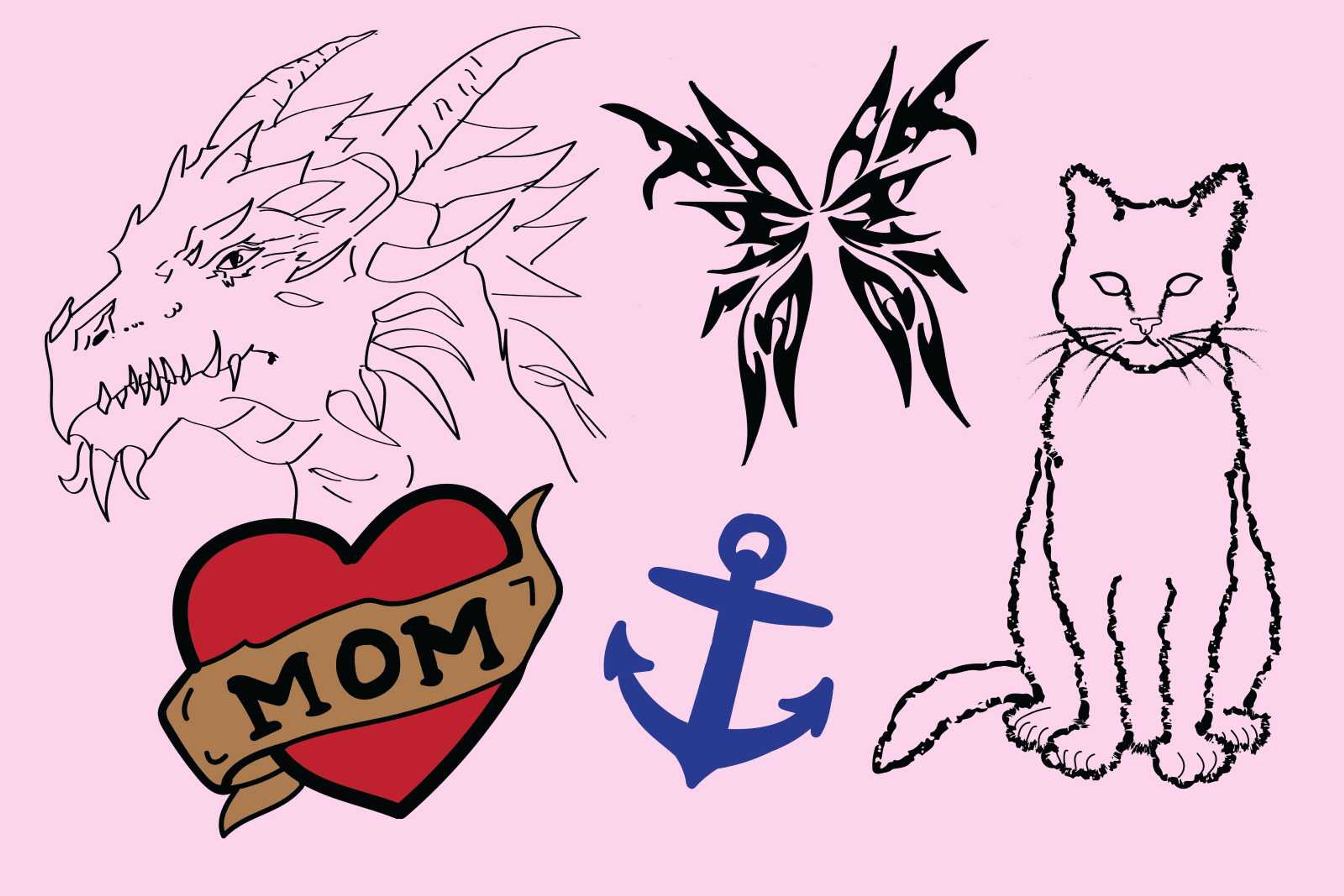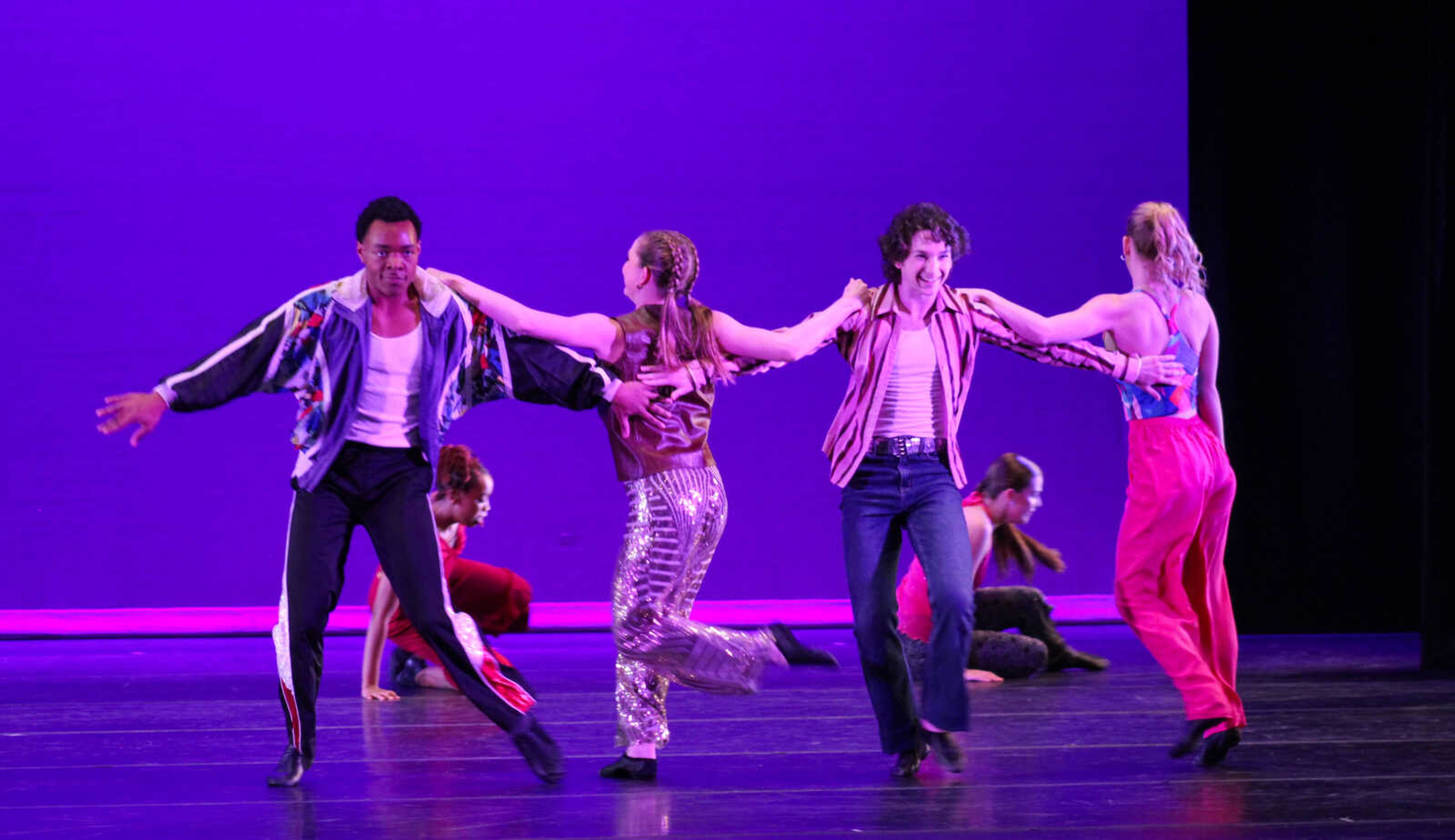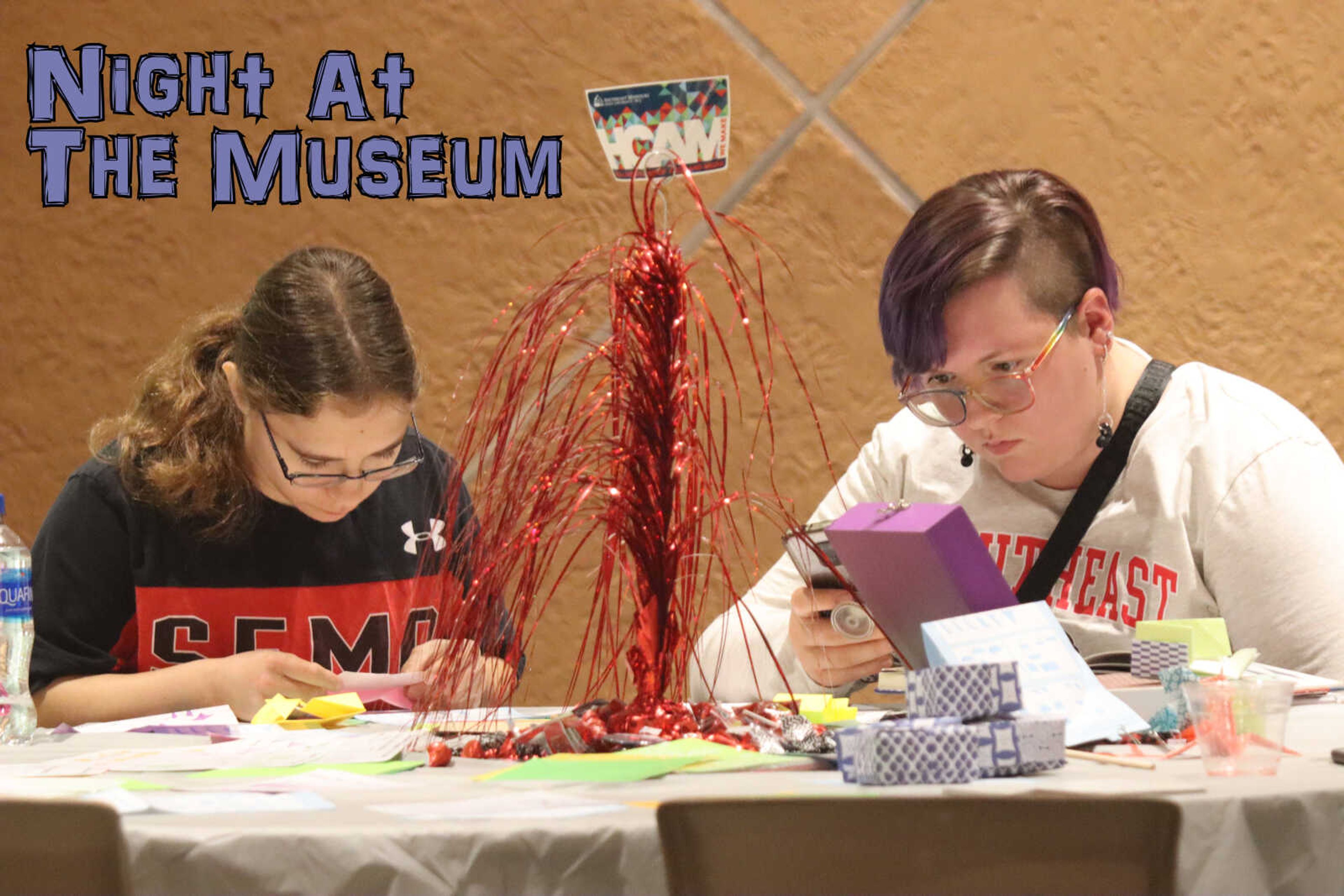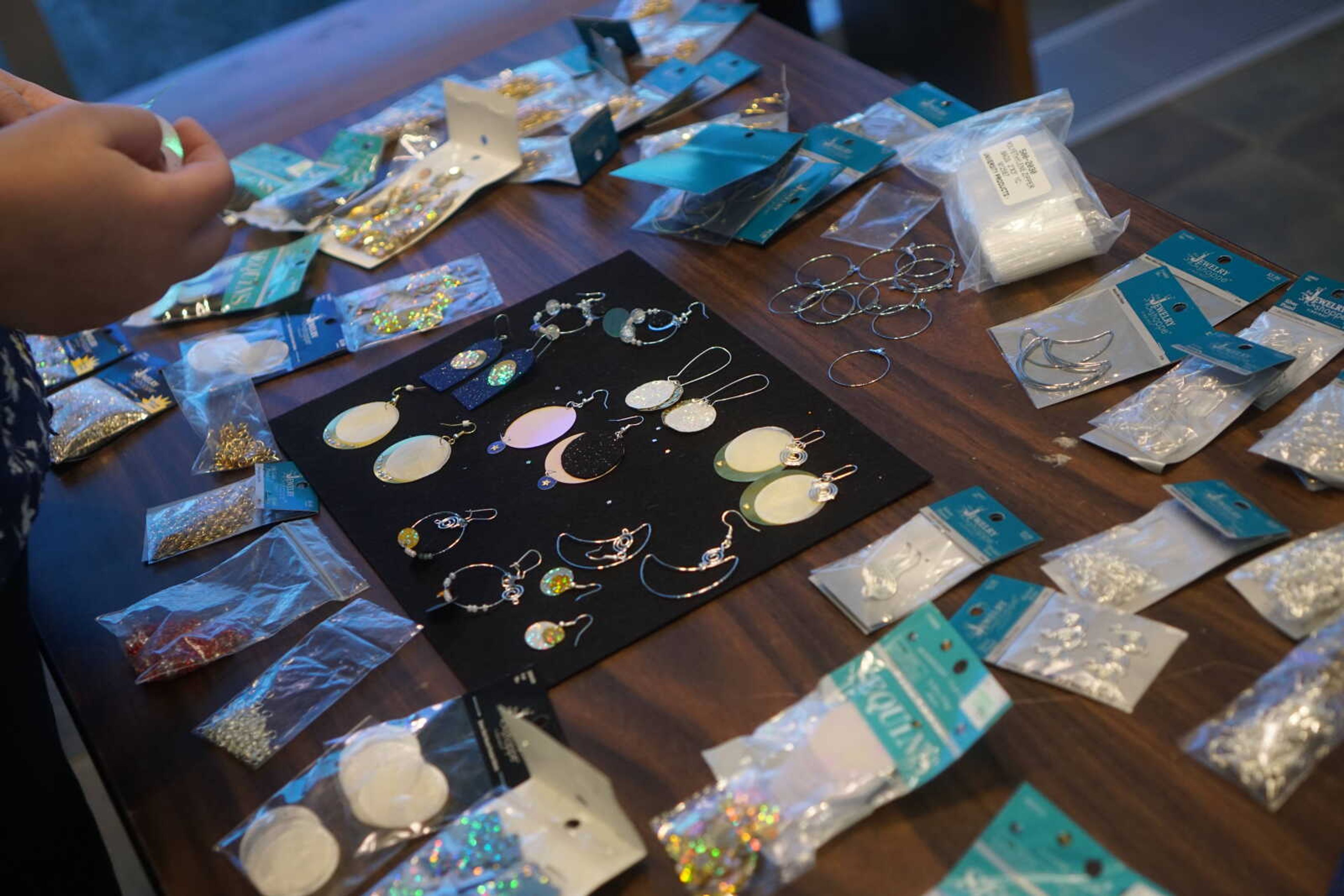As college students graduate and move into careers, the tattoos permanently inked on their skin will be moving on with them. According to the Columbia Chronicle, a reported 47% of American individuals ages 18-29 have at least one tattoo.
While some employers may be accepting of visible ink, others remain firm in their reluctance to accept tattoos into their business culture. Policies regarding tattoos in the workplace vary business to business, but in organizations like the military, strict policies are in place.
Business Standpoint
According to an article by ASVAB career exploration, the military permits most tattoos below the shoulders, excluding on the hands. Face and neck tattoos are prohibited, and depending on some uniforms, specific branches may be strict about arm, torso and leg placements.
Dan Presson, Director of Career Services, said students need to be aware of the business culture of the industry they are entering for prospective jobs.
“You have to start thinking about the industry, what the position is, who you’re interacting with, and how that person will receive visible ink,” Presson said.
Presson said while many companies are shifting toward a more positive view of tattoos, some businesses in the finance or accounting sectors may be more reluctant to have employees with visible tattoos. Presson also said to be careful in general with extremely visible tattoos: including on the face, neck and hands.
Professor of history Joel Rhodes has many tattoos relating to his Celtic heritage. Adorning his arms and legs are Celtic knots, shamrocks, and a scottish thistle. Rhodes said when he first began being tattooed 30 years ago, he kept them mostly on his legs so they wouldn’t be visible during the start of his career.
As he grew older, Rhodes said he became more carefree about their placement. He said students shouldn’t necessarily be so carefree in their early career stages.
“When you’re starting your career and the future is unknown, and we don’t know how society will view [tattoos] in a few years, and you don’t know where you’ll wind up, probably best to have them in places that you can, if need be, cover them,” Rhodes said.
Gender Disparity
Although tattoos are becoming more accepted throughout society, there is still a gender disparity that exists between acceptance of men with tattoos versus women with tattoos.
In an academic journal by Springer Nature, the article stated “many of the negative connotations associated with tattooed women date back to the late nineteenth century, when women who pursued careers as burlesque dancers or circus attractions would tattoo themselves, dress scantily, and act unconventionally relative to their expected gender role, rendering them rebels.”
Rhodes noted the same connotations of individuals with tattoos, referencing that individuals with visible ink in the 1960s were usually sailors or carnival workers.
While in today’s day and age many women have tattoos while working in schools, offices or other conventional jobs, they still may be more harshly judged.
The academic journal also stated individuals often associate tattooed women with being more sexually open, which can be tied back to negative stereotypes.
Cultural Standpoint
While many individuals get tattoos for personal reasons, many also partake in cultural tattooing.
In Maori culture, if an individual has a face tattoo, it means they were highly ranked and respected, according to the MEDermis laser clinic. In contrast to Maori cultural tattoo practices, in Japanese culture, tattoos are often seen as threatening and dangerous.
Tattoos in Japan are often associated with being part of the Yakuza, or the Japanese mafia. Today, many signs are portrayed across the island stating “no tattoos allowed” — mainly at bathing facilities, beaches, and other places where they may be visible to the public eye.
Although specific tattoo practices have been banned throughout history in multiple countries, including the Maori cultural tattoos, there are currently no laws prohibiting tattoos, with the exception of tattooing a minor without written consent from a parental guardian.
According to Cosmopolitan, a popular new trend of tattooed makeup has begun to show up around 2020, called permanent makeup. This process includes individuals receiving cosmetic tattooing: permanent eyeliner, lip blushing, microblading and fake freckles.
The procedure can range from $500 to $2000 depending on the artist and the choice of makeup, and can last anywhere from one to three years.
Permanent makeup can reduce spending on makeup products, as well as time spent getting ready. In America’s fast paced culture, the trend has grown tremendously in the past three years, and is projected to be worth over $4.1 billion by 2028 according to Gitnux.
Personal Standpoint
Another popular reason for an individual to get a tattoo is a personal one: facing a trauma, remembering a loved one, or just getting a cute cat to show off.
Rhodes said he enjoys tattoos that represent the person who received them in a personal way.
“I’m a big fan of tattoos that are meaningful, that have a story behind [them],” Rhodes said.
Rhodes said one of his most meaningful tattoos is of a genie bottle, originating from his wife’s name: Jeanie.
Presson said to go for getting a fun tattoo, as long as you weigh the long term ramifications of receiving it.
“Yeah, it might look really cool to have that giant tiger tattooed on your face, but when you’re thirty, it’s not going to be as exciting,” Presson said.
While tattoos can be a fun activity, they can also be very expensive. The average rate per hour ranges from $100-250, depending on the artist.
Despite high costs, the field remains lucrative, with an expected annual growth rate from $1.89 billion in 2022 to $3.55 billion in 2029, according to Gitnux.
Following this growth rate will be an increase in tattooed individuals, each with their own stories to tell. As the career field shifts more towards tattoo acceptance, these stories will have a wider reach on the general public as well.







